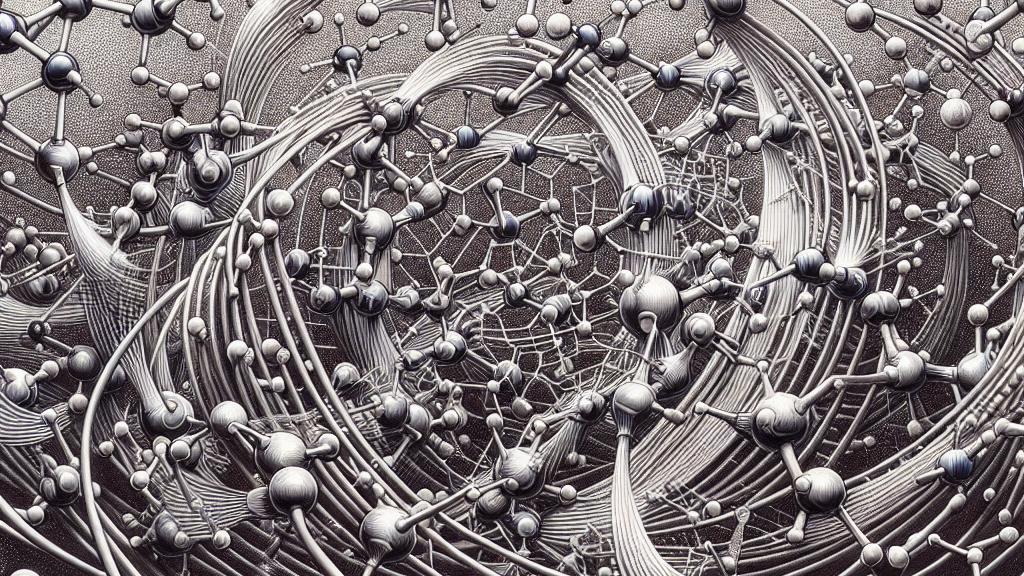Exploring How Valence Electrons Affect Magnetism in Molecular Crystals
Overview
- Valence electrons are vital in determining the magnetism of molecular crystals.
- Understanding their behavior could lead to groundbreaking advancements in superconductivity and spintronics.
- Recent research reveals a fascinating interplay between electron arrangements and magnetic properties.

The Crucial Role of Valence Electrons in Magnetism
In Japan, researchers at Ehime University have made a remarkable discovery about valence electrons in the molecular crystal (C₂H₅)(CH₃)₃As[Pd(C₃S₅)₂]₂. Using cutting-edge synchrotron infrared light, they found that about half of these electrons contribute to a type of magnetism known as antiferromagnetism, where opposing spins offset one another, creating a delicate balance. Picture this interaction as a beautifully choreographed dance: some electrons glide gracefully in tandem, while others spin rebelliously, creating a dynamic interplay that shapes the material’s magnetic landscape. This nuance in behavior holds the key to unlocking new magnetic properties.
Significant Findings and Their Implications
The implications of these findings are extensive, hinting at the potential to revolutionize technology. For example, as the temperature drops, researchers observed a striking increase in paired electrons. This phenomenon aligns closely with conditions needed for superconductivity, where electricity flows without any resistance—a real game changer for electronics! Envision a world where energy travels effortlessly across vast distances, minimizing waste and maximizing efficiency. Such advancements underscore the vital importance of understanding valence electrons and their intricate relationships within materials.
Bridging the Knowledge Gaps in Electron Interactions
Despite the substantial breakthroughs, the overall contribution of valence electrons to magnetism isn't fully understood yet. The coexistence of non-magnetic and magnetic electrons creates a compelling mystery, inviting deeper inquiry into their interactions. It's like piecing together a complex jigsaw puzzle, where understanding how these different types of electrons work together could lead to groundbreaking discoveries in quantum materials. Thus, as we continue this exploration, we inch closer to harnessing the complete potential of valence electrons, paving the way for innovations in magnetic resistance and advanced spintronics that could transform our future.

Loading...